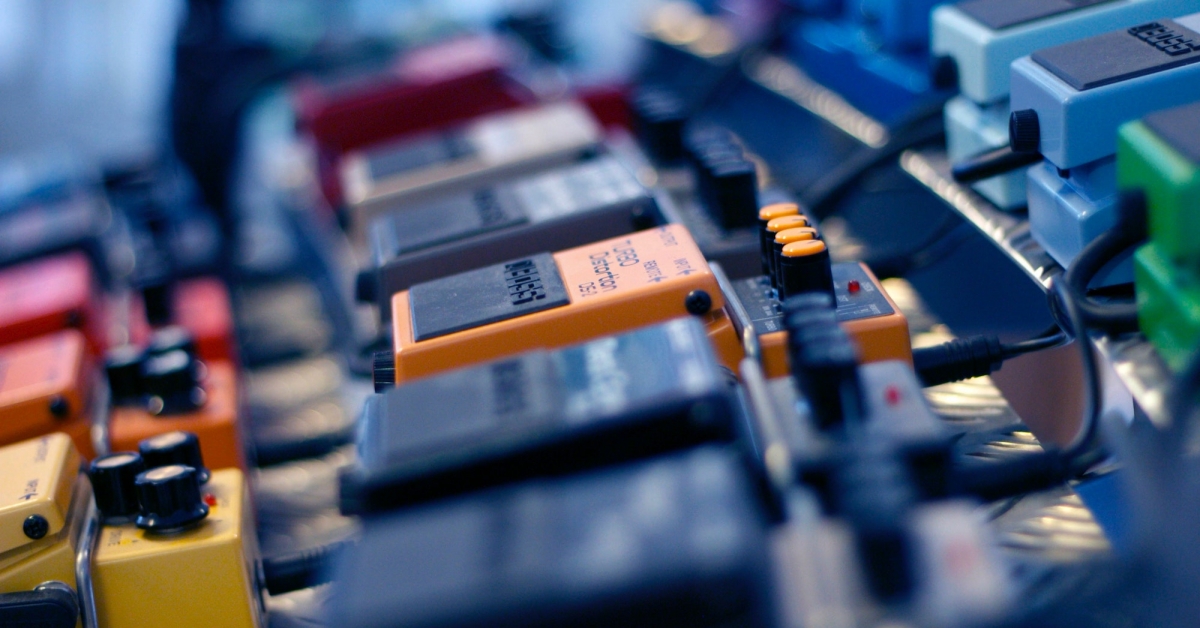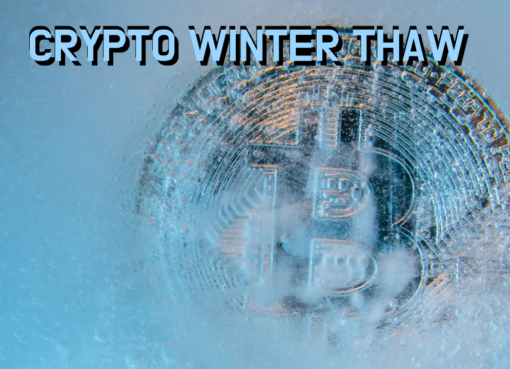“Money legos” might be an apt metaphor for what decentralized finance (DeFi) does, but since the summer another one has applied: jackpot.
Money legos is the term used to describe the way Ethereum allows different financial services to be plugged into each other, also known as composability. That used to be mostly a buzzword, but over the past year composability has become a very real competitive advantage for DeFi. Mixing and matching smart contracts on the fly has proven incredibly valuable.
But there remains a $10.9 billion question: Will composability work as well on Ethereum 2.0 as it does now on the original version of the world computer?
Tune in tomorrow, Oct. 14, to CryptoX’s invest: ethereum economy event beginning at 9 a.m. ET, starting with keynote speaker Vitalik Buterin.
“Composability has really mattered because it allows innovation to compound – entrepreneurs can compose with other entrepreneurs’ creations,” Chris Burniske of the venture firm Placeholder told CryptoX in a phone call. “So many of the services that we get on a day-to-day basis in our traditional meatspace are composed of underlying services.”
That is, Netflix is built on many services, such as content delivery networks, storage providers, analytics products and lots of other solutions most normal people have never even heard of.
All that stacking relies on verification and centralized identity, but on Ethereum stuff can be mixed and matched without the need for your name.
However, the ease of composability is running up against the reality of Ethereum’s throughput capacity. This is a problem everyone saw coming from the beginning of the project, as CryptoX Research recently explained in a report on the next version of Ethereum.
To rectify that, some projects are moving to sidechains, but many look forward to Eth 2.0 providing massively more room for transactions to go through.
The core of the new throughput capacity will come from a new architecture called “sharding.” Effectively, there will be multiple blockchains that check-in with each other via a beacon chain. This should make everything move much faster and cost much less, but it does create problems if a transaction requires synchronous (that is, without delay, or real-time) communications.
But even though a lot of fanfare is going on right now about Eth 2.0 launching soon, it’s really just the first phase, and there will be no shards in that. Each additional phase should take a minimum of six months (considering all the delays so far, it is likely to be much longer), so DeFi developers and degens needn’t worry too much.
“Eth 2 with shards is likely still some time off,” Avichal Garg of Electric Capital told CryptoX in an email. “I would be surprised if it happens in 2021 so it’s probably not worth stressing out over right now.”
What’s the problem?
Since basically everything anyone does on Ethereum yields a token to account for it, composability is as easy as tossing an asset into one smart contract, taking the token it produces and tossing that token into something else. No approval, account or other friction needed (just a wallet address and, in some cases, the appropriate collateral).
This makes all kinds of trading incredibly easy for participants, from those who are very new to the extremely advanced.
But there are worries that composability might be stymied in some cases in a sharded environment.
An example Burniske gave is flash loans. Flash loans allow savvy traders to spot arbitrage opportunities in the market, borrow assets, profit off the difference in prices for assets in different places and repay the loan all in a single transaction. “There’s no risk when you’re able to do that all in a single transaction. If it’s not completed, the whole transaction fails,” Burniske said.
When this can’t occur in one transaction, though, the costs and elegance of the product essentially vanishes.
There are worries that such synchronous operations might not be possible if two or more of the dapps in the sequence aren’t on the same shard.
“Between the shards they are considering asynchronous message passing. … It would be kind of a second-class way of integrating smart contracts,” Brendan Asselstine, CTO of no-loss lottery PoolTogether, told CryptoX in a phone call. “PoolTogether is integrated with Compound and DAI, so ideally we’ll be on the same shard as they are.”
This is something of an issue for DeFi.
Because there is so much interoperability between the dapps, there could be a lot of pressure to get all the DeFi dapps on the same shard, making all those transactions expensive again.
Though Asselstine noted that just by shifting to Proof-of-Stake (PoS) alone, Ethereum should run vastly faster so there will be a lot more bandwidth from the transaction from the beginning.
“I think it will not be a big deal actually,” Stefan George, CTO and co-founder of Gnosis, the maker of a prediction market protocol, told CryptoX in a phone call. He noted that a lot of transactions are fine being asynchronous.
“For information that’s not super time-critical, like an oracle solution, this can be easily on another shard,” George said.
Unanswered questions
“There’s a lot of really hard questions that have not been solved about what to do next,” Zubin Koticha, co-founder of options protocol Opyn, told CryptoX. “To be in this financial superhighway that DeFi is, you have to be on a single shard.”
Koticha contended that one of the problems is communicating across shards without knowing what the gas fee is. If it gets that wrong, the transaction could get ignored. He also said there’s this discussion of basically moving the state of the shard to another shard to run it, which Koticha thinks works fine for the person who initiated the move but not so great for other users who might want to interact with the same smart contract there and then.
Still, Koticha does believe it’s solvable, he just doesn’t think the hard questions are being discussed openly yet. And even if those issues are solved, there will inevitably be more complexity.
“Every contract will have to be rewritten to handle synchronous calls that come from within a shard and asynchronous,” he said. That complexity will introduce a lot more ways to maliciously attack more smart contracts and a lot more bugs.
“I don’t think the ecosystem has thought deeply about some of the second-order effects,” Garg of Electric Capital concurred. “I am optimistic they will be solved in the coming years, though, as they become more immediate.”
Working it out
Hart Lambur of the UMA project, another protocol for creating unique options on Ethereum, thinks there are non-engineering solutions for some of these issues. He proposes solving issues of synchronization with what might be called DeFi-thinking.
There could be protocols that simply guarantee transactions for a fee, based on some kind of risk profile.
“You have intermediaries that are guaranteeing that something will happen, and if it doesn’t they get slashed,” Lambur said, comparing it to an escrow approach or a correspondent bank (banks that have agreements with each other to manage transactions for the other one).
And if it does turn out there is a very pricey shard, for example, and even if Ethereum remains pricier than other blockchains after all this happens, Burniske believes Ethereum will remain the home for DeFi, despite the fact that every other base layer (Polkadot, NEAR, Solana, Avalanche, etc.) is trying to make the case for itself as the next home for DeFi.
“When you have transactions that are less important, you can go to other shards, other layer 1s,” Burniske said, using an analogy that he credited to Luis Cuende, co-founder of Aragon. Some cities are very expensive to live in, he said, but people do it because they are doing work that makes it worthwhile to do there.
Less-urgent work, work that doesn’t need to be in the immediate flow, is able to go to smaller towns. In that way, Burniske said, second-layer solutions and other blockchains would be “similar to the suburbs.”
Still, he remains bullish on Vitalik’s invention.
“I think components for a decentralized financial system could go to other chains, but I think the heart remains with Ethereum,” Burniske said. “Ethereum is the capital of DeFi.”




